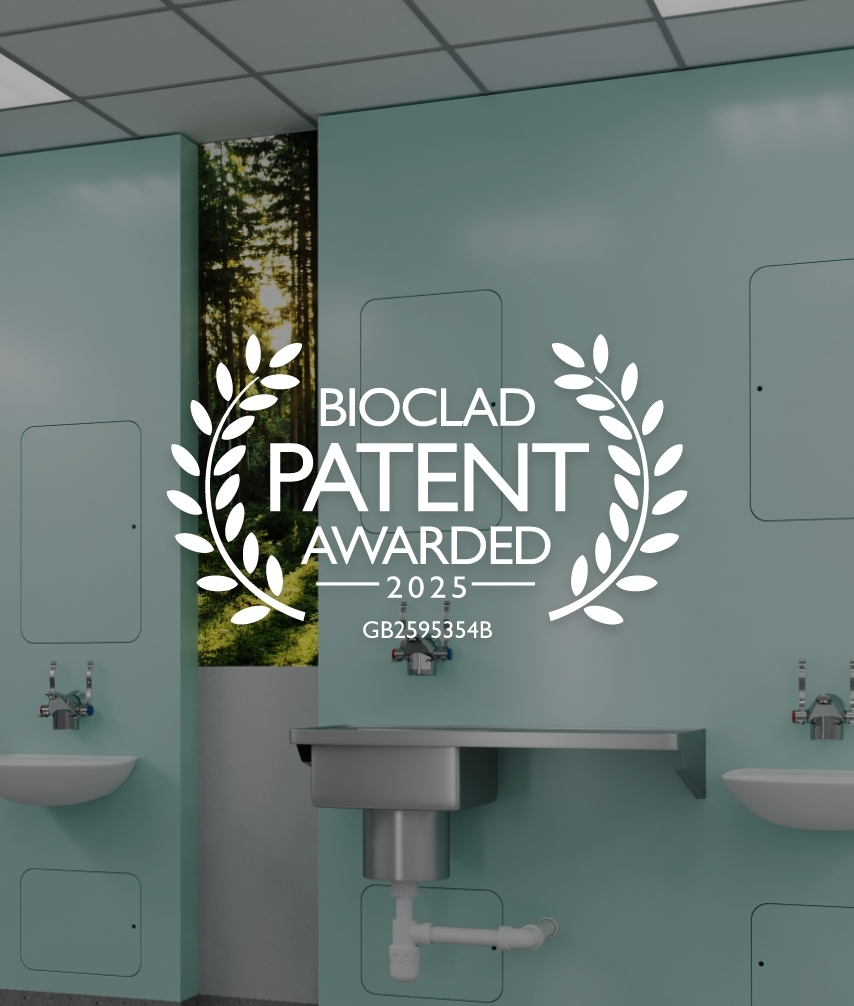The European Council of Vinyl Manufacturers (ECVM) has long been active in its efforts to control its members’ production processes, operations and emissions into the environment. Under VinylPlus and its previous initiatives it has sought to respond to environmental concerns about the constituent materials used in the manufacture of PVC products.
Essentially, there are two types of PVC, ‘rigid’ (RPVC) and ‘flexible’. Rigid PVC is used in a range of construction materials such as doors and windows, bank cards, bottles and non-food packaging. About 70% of PVC is used in rigid or semi-rigid products because they are light, low maintenance and long lasting.
Flexible PVC is now commonly used in a wide range of medical applications for screening, diagnosis, treatment and care, as well as in the creation of safe healthcare environments. This includes products used in the storage of fluid (including blood) and products that are safe in use inside the human body. The flexibility in these products has been made possible through the use of phthalates. Phthalates are a group of man-made chemicals that are structurally related to the organic acid, phthalic acid.

Phthalates are the most common plasticizers, and those with three to six carbon atoms (low-molecular-weight phthalates) are reproductive toxicants and have been associated with asthma, obesity, and other health problems. They are listed as “substances of very high concern” by REACH (the EU’s Registration, Evaluation, Authorization, and Restriction of Chemicals program) and are banned in Europe but not in the U.S.

European plasticiser producers have moved away from the use of the hazardous low molecular weight phthalates in the production of PVC. In so doing, they pre-empted the REACH regulations, phasing out cadmium stabilisers altogether, and significantly reducing the use of lead based stabilisers with a commitment to replacing them entirely during 2015.
European produced PVC is highly regulated, manufactured by an industry that is committed to surpassing its own exacting standards, and has therefore become the world’s safest, greenest form of PVC hygienic wall cladding.
Order Free Samples
Order Free Samples

We are thrilled to announce that as of 2nd April 2025, Bioclad has been officially granted a patent for our “Integrated Plumbing System Apparatus and Method of Manufacture.”
Read More